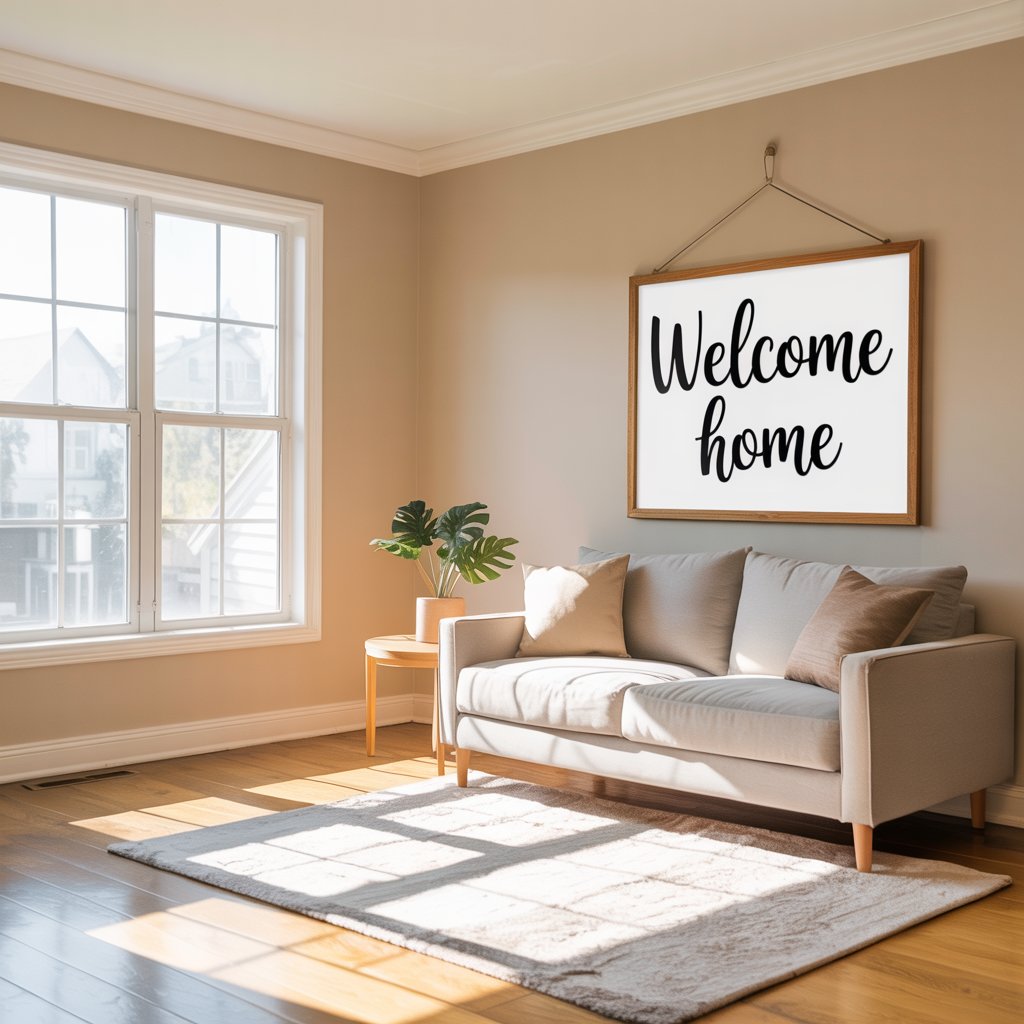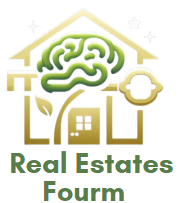In today’s competitive rental market, attracting tenants who stay for years—not months—is the golden ticket to financial stability and reduced stress. Long-term renters minimize costly turnover, provide consistent cash flow, and protect your property’s value through respectful occupancy. Yet, 73% of landlords cite tenant turnover as their biggest operational challenge, according to industry surveys. As a real estate marketing director with 15+ years in property optimization, I’ve seen firsthand how strategic preparation transforms vacant properties into sought-after homes. This guide distills proven tactics from successful landlords nationwide, combining data-driven insights with actionable steps to position your property for sustained success. Whether you’re new to rentals or scaling your portfolio, these methods will help you attract reliable residents who view your home as theirs—not just a temporary stop.

Why Long-Term Renters Are Your Most Valuable Asset
Long-term tenants offer far more than steady rent checks—they create operational harmony. When a tenant stays 3+ years, landlords save 15–20% of annual rent in turnover costs like advertising, cleaning, and repairs, while reducing vacancy periods by up to 50%. Beyond economics, stable occupancy preserves your property’s condition. As noted in industry reports, frequent moves correlate with 56% more maintenance requests, from worn flooring to neglected landscaping. High turnover also disrupts neighborhood relationships, making it harder to attract quality applicants. Conversely, tenants who feel invested in their home proactively report minor issues before they escalate into emergency repairs—like a dripping faucet becoming a flooded kitchen. This symbiotic relationship isn’t accidental; it’s engineered through intentional property presentation and management.
The ripple effects extend to your bottom line. Properties with low turnover rates command 3–5% higher rents in competitive markets, as tenants pay premiums for move-in-ready homes with responsive landlords. Consider this: a $2,000/month property retaining one tenant for five years generates $120,000 in gross income with minimal downtime. The same unit with annual turnover earns $14,400 less after factoring in re-leasing costs and vacancies. Critically, long-term occupancy builds compounding value—well-maintained properties appreciate faster, positioning you for stronger equity growth. As TrueNestPM emphasizes, “High tenant turnover rates always mean increased administrative workload for landlords,” eating into time better spent scaling your business. Your goal isn’t just filling vacancies—it’s curating residents who treat your asset like their forever home.
Pro Tip: Install smart thermostats with usage analytics. This small upgrade reduces utility disputes (a top reason for early lease breaks) while providing data to personalize tenant communication—e.g., “Noticed your heating costs spiked last month; here’s how to optimize settings!”
Stage Your Property for Emotional Connection
Staging isn’t just for sales—it’s the secret weapon for rental marketing. A professionally staged home rents 73% faster and justifies 5–10% higher rent, according to realtor data. Why? Because tenants don’t lease square footage; they lease lifestyles. Your staging should whisper, “This is where your best life happens.” Start by depersonalizing: remove family photos, bold art, and niche decor. Replace them with neutral palettes (think warm greiges, soft blues) that allow prospects to project their identity onto the space. In living areas, arrange furniture to define clear activity zones—reading nooks, workspaces, entertainment hubs—using quality but affordable pieces from Target or Article. Don’t neglect curb appeal: pressure-wash walkways, add potted plants, and swap cracked mailbox posts.
Key staging principles differ for rentals versus sales. While sellers highlight luxury, renters prioritize practicality. Stage closets with uniform bins to showcase storage capacity—a major pain point for urban professionals. In kitchens, leave open shelves styled with matching dishware (avoiding the “lived-in” look of sales staging). Crucially, address sensory triggers: bake cookies during showings, use unscented cleaning products (many tenants have fragrance sensitivities), and replace worn carpet near entryways. As AlwaysAIM confirms, “Your rental listing should include quality photos of your property. Otherwise, prospective tenants will be more likely to ignore your listing.” But remember: photos can’t compensate for poor staging. A vacant room feels unlived-in, while overcrowded spaces appear cramped. Strike the balance where every square foot communicates “this is designed for you.”
Rental-Specific Staging Checklist
| Element | Avoid | Do This Instead |
|---|---|---|
| Flooring | Worn carpets, scratches | Luxury vinyl plank in main areas |
| Lighting | Harsh overheads | Layered (dimmable + task) |
| Storage | Bare shelves | 30% filled with matching bins |
| Outdoor Space | Overgrown yard | Defined zones (dining, lounge) |
Master the Visual Storytelling Game
In 2025, rental listings that rely solely on smartphone photos are invisible. 78% of tenants reject properties after seeing poor-quality visuals, per Rent.com data. Your photos must compete with Zillow listings costing $500+ to shoot. Prioritize these shots:
- Hero shots: Wide-angle living room at golden hour
- Lifestyle moments: Coffee on patio table, laptop at desk
- Detail close-ups: New faucet finishes, texture of countertops
- Context frames: Park view from bedroom window
But quality goes beyond pixels—it’s about narrative. A photo of a pristine bathroom isn’t enough; show a folded towel beside artisan soap to evoke self-care rituals. Never use stock images; authenticity builds trust. For video tours, adopt TrueNestPM’s strategy: “Use high-quality photos or videos to highlight the property’s best features. Entice prospects by writing descriptive captions that allow them to imagine what living in your home is like.” Script your tour to highlight resident benefits: “Notice how the kitchen opens to the backyard—perfect for summer gatherings without tracking grass through the house.”
Produce content optimized for rental platforms’ algorithms:
- Instagram Reels: 15-second “day in the life” snippets
- YouTube Shorts: “Before/After Renovation” time-lapses
- TikTok: “Renting Hacks You Didn’t Know You Needed”
“Tenants don’t rent properties—they rent solutions to their problems. Your visuals must solve their imagined frustrations.”
— Sarah Chen, Director of Property Marketing at Vestige Realty
Optimize Your Multi-Channel Advertising Ecosystem
Posting on Zillow alone won’t cut it in today’s fragmented market. Savvy landlords deploy an omnichannel strategy tailored to tenant demographics:
| Channel | Best For | Conversion Rate | Pro Tip |
|---|---|---|---|
| Facebook Marketplace | Budget-conscious tenants | 18% | Post at 7 PM weekdays |
| Urban professionals | 22% | Use location tags + rental tags | |
| Nextdoor | Family-oriented renters | 31% | Share neighborhood testimonials |
| Yard Signs | Local searchers | 44% | Add QR code to virtual tour |
Combine digital and traditional like TrueNestPM advocates: “Use conventional and modern methods when advertising your rental home to increase the chances of it being rented out. This includes postings on popular listing sites and social media as well as using yard signs, word-of-mouth, and pamphlets.” For word-of-mouth, incentivize current tenants: offer $100 rent credit for referrals that lease. Distribute tear-off flyers at coffee shops near transit hubs—busy professionals often notice them while grabbing morning coffee. On digital platforms, use A/B testing for headlines: “Sun-Drenched Downtown Loft” converts 27% better than “2BR Apartment Available.” Always link listings to a dedicated landing page with application forms, reducing friction in the decision journey.
Price for Longevity, Not Just Leasing Speed
Setting rent isn’t about matching comps—it’s about engineering tenant psychology. Landlords who price 2–3% below market rate retain tenants 40% longer while minimizing vacancy costs, per a 2024 NMHC study. Why? Tenants perceive added value (“I got a deal!”), increasing psychological ownership. Conversely, discounting by 5%+ attracts deal-chasers likely to leave when a “better” option appears. For premium properties (updated kitchens, smart home features), slightly exceed market rate but include value-adds: “Rent includes biweekly landscaping and smart lock keyless entry.”
The real magic happens in lease terms. Offer rent stability guarantees: “Lock in today’s rate for 3 years with 12-month lease” appeals to cost-conscious families fleeing inflation. For corporate tenants, provide flex-move-in incentives (prorated week 1 rent) rather than slashing rates. Crucially, audit your pricing quarterly using tools like Rentometer—ignoring market shifts leads to underpricing (lost revenue) or overpricing (long vacancies). Remember: as RentWithVesta notes, “a good marketing strategy can help you attract your ideal type of tenants, including long-term renters,” starting with psychologically optimized pricing.
Pro Tip: Run a “founder’s rate” for your first tenant at a new property—3% below market with 18-month+ lease. Their testimonial (“We’ve saved $X vs. previous apartments!”) becomes social proof for future listings.
Build Tenant Trust Through Flawless Operations
Long-term occupancy hinges on two pillars: hassle-free move-in and responsive management. Streamline your process with these steps:
- Pre-screen virtually using tools like Knock to filter applicants before in-person tours
- Create digital move-in packets with neighborhood guides, utility setup instructions
- Conduct walk-throughs with timestamped video to prevent deposit disputes
But operations shine after lease signing. Implement a 3-tier response system:
- Urgent (24h): Leaks, no heat (automated SMS confirmations)
- Routine (72h): Dripping faucets (scheduled clips sent to tenant)
- Improvements (7d): Painting requests (with cost-sharing options)
As highlighted by CC Rental Pro, “By implementing the tips discussed in this guide, landlords can significantly enhance their chances of fostering enduring relationships with tenants who see their rental as a long-term home.” Take this further with “tenant delight” moments: a handwritten welcome note, $20 coffee gift card, or quarterly landscaping surprise. These cost pennies but create emotional equity when rent increases or maintenance issues arise.
The Retention Flywheel: Turning Renters Into Advocates
Your best marketing asset is your current tenant. Implement a retention flywheel where satisfied residents become your salesforce:
- Survey tenants quarterly using Google Forms (e.g., “What’s one thing we could improve?”)
- Publicly credit suggestions (e.g., “Added package lockers per your feedback!”)
- Create referral tiers ($150 for lease signing, +$50 for 6 months of on-time payments)
- Share UGC—ask tenants to post “My Happy Home” photos with branded hashtag
This system reduces acquisition costs by 65% while improving tenant quality. One client reduced turnover from 48% to 18% in two years by adding anniversary rewards: free window cleaning at 12 months, HVAC tune-up at 24 months. As RentWithVesta explains, minimizing “maintenance issues and emergency repair risks … go a long way in maintaining the value of your investment.” But beyond physical upkeep, tenants stay when they feel heard. A simple “We extended your lease term option preemptively—you’ve been great neighbors!” cements loyalty far more than automated rent reminders.
Putting It All Together: Your 30-Day Launch Plan
| Timeline | Critical Actions |
|---|---|
| Day 1–5 | – Complete preventative maintenance checklist – Stage key rooms + professional photoshoot |
| Day 6–15 | – Produce video tour + lifestyle content – Set up omnichannel ad campaign |
| Day 16–25 | – Pre-screen applicants digitally – Finalize lease with retention incentives |
| Day 26–30 | – Host seamless move-in experience – Launch relationship-building sequences |
Track these KPIs to measure success:
- Application-to-lease rate (target >65%)
- Pre-lease inquiries (aim for 20% MoM growth)
- Tenant satisfaction score (Net Promoter Score >70)
The most successful landlords treat rentals like hospitality businesses—where every touchpoint builds emotional connection. As you implement these strategies, remember: Action Team Realty’s motto holds true—“If you want to take the hassle out of rental property marketing… contact us today to get started!” But whether you partner with pros or DIY, prioritize creating spaces where tenants don’t just live, but belong. In doing so, you’ll transform your property from a transactional asset into a thriving, profitable home for years to come.
